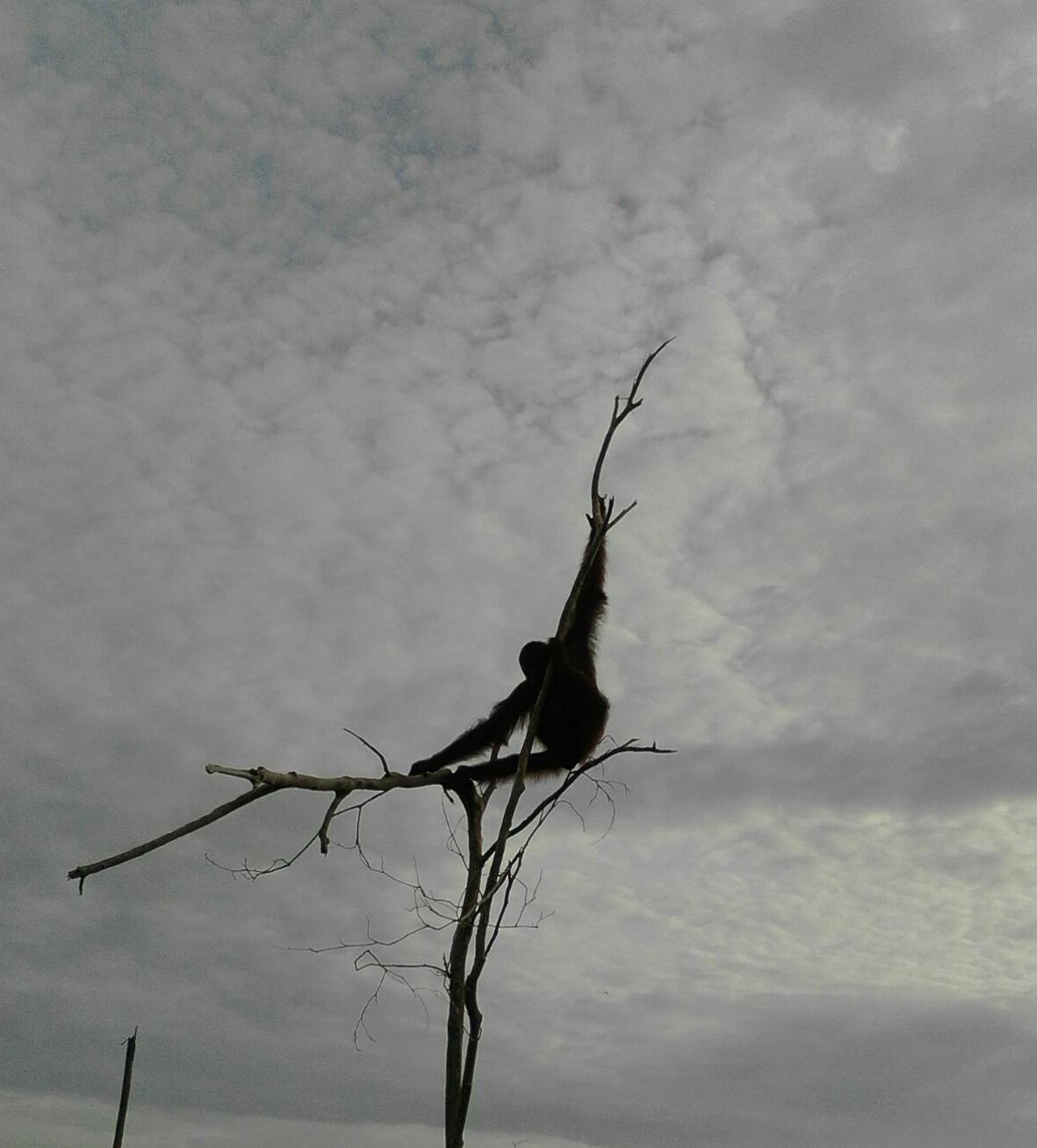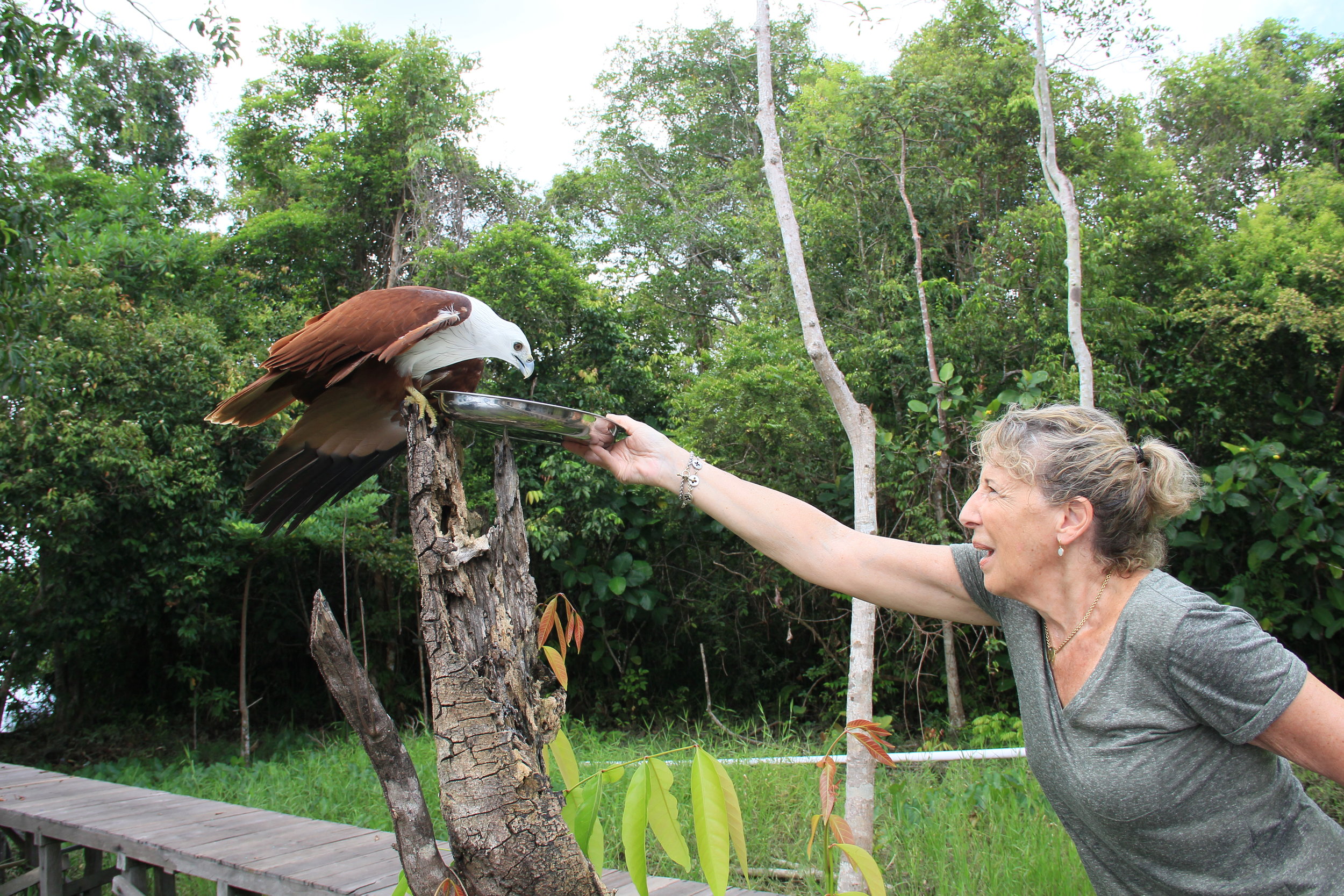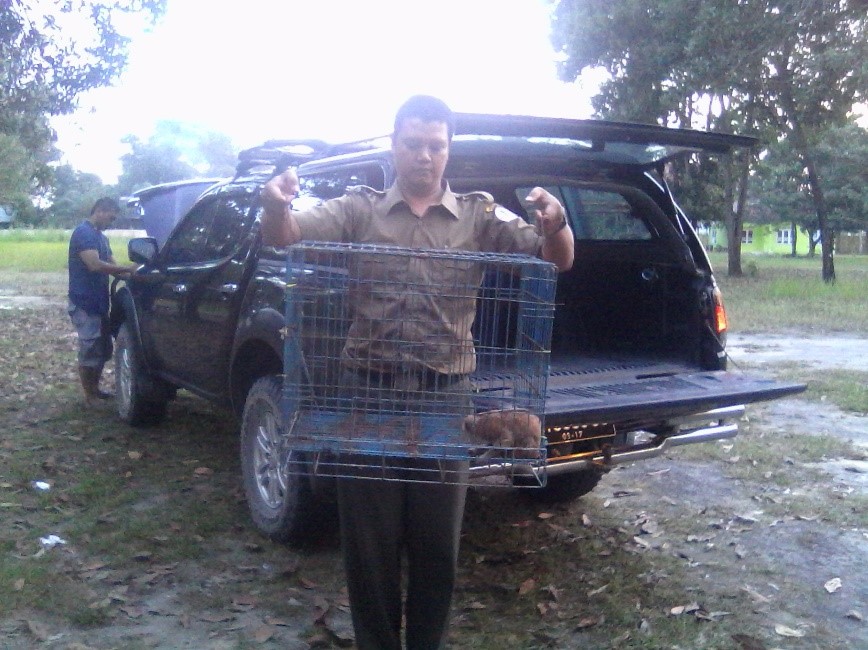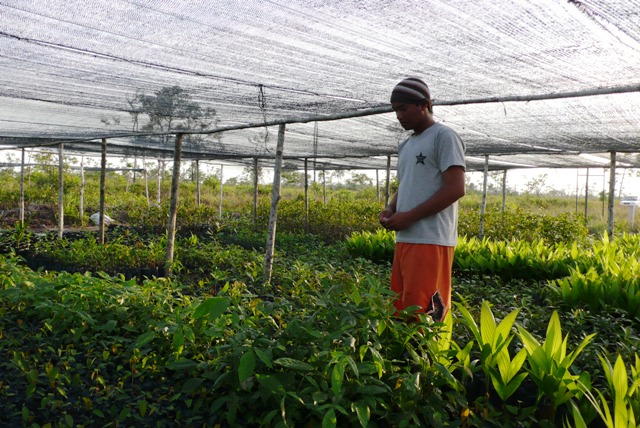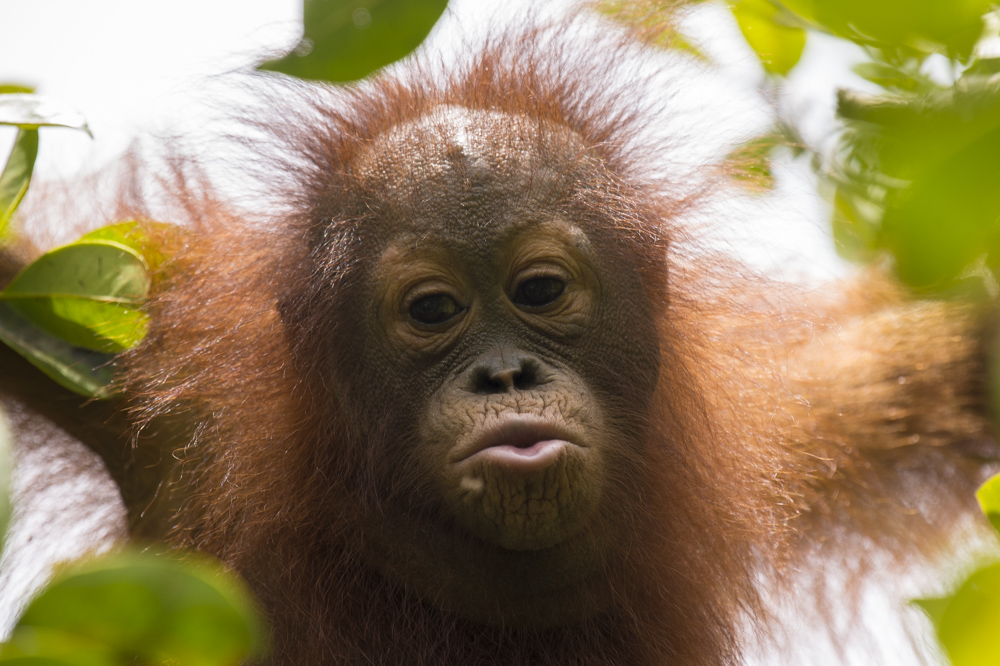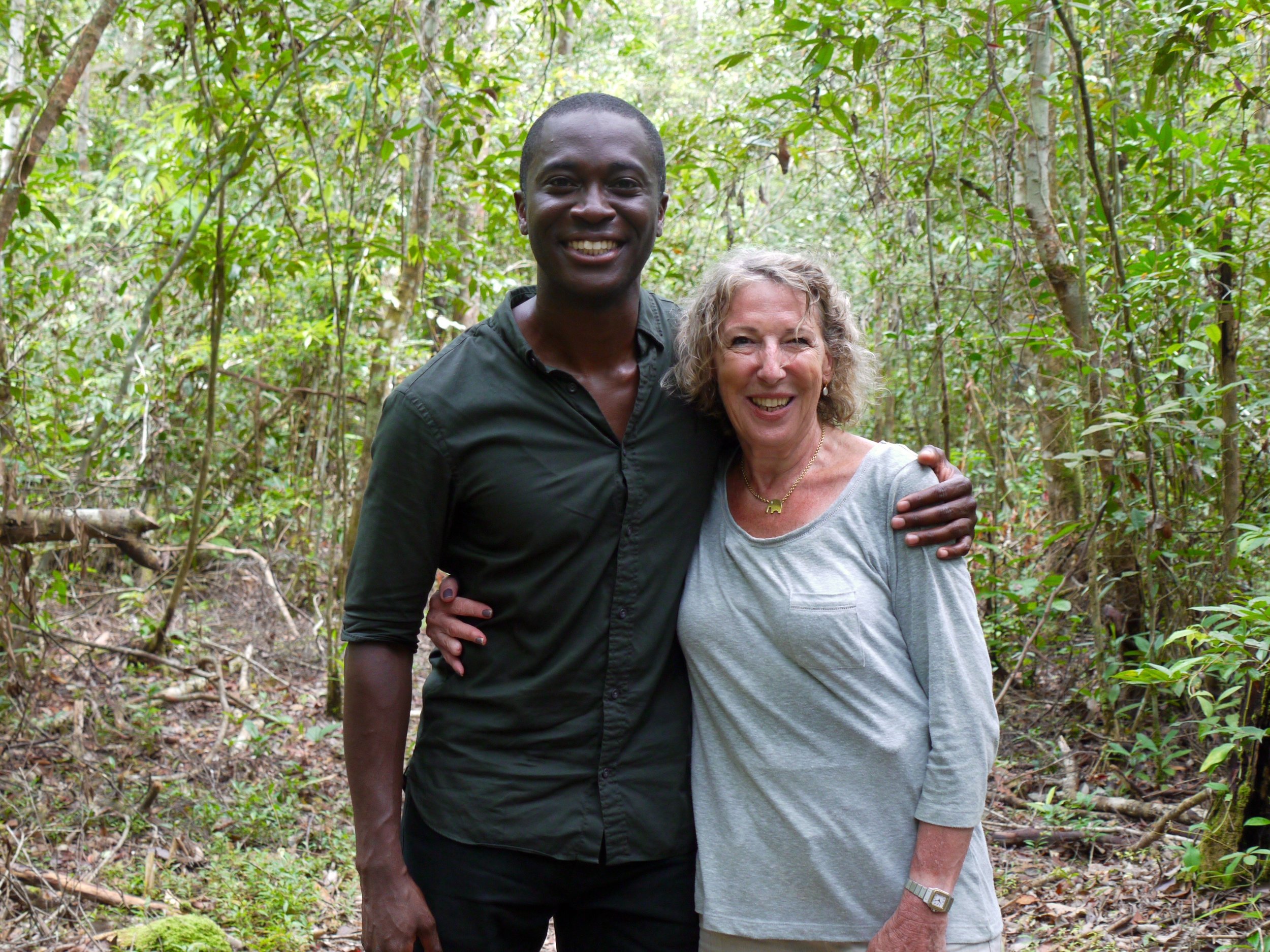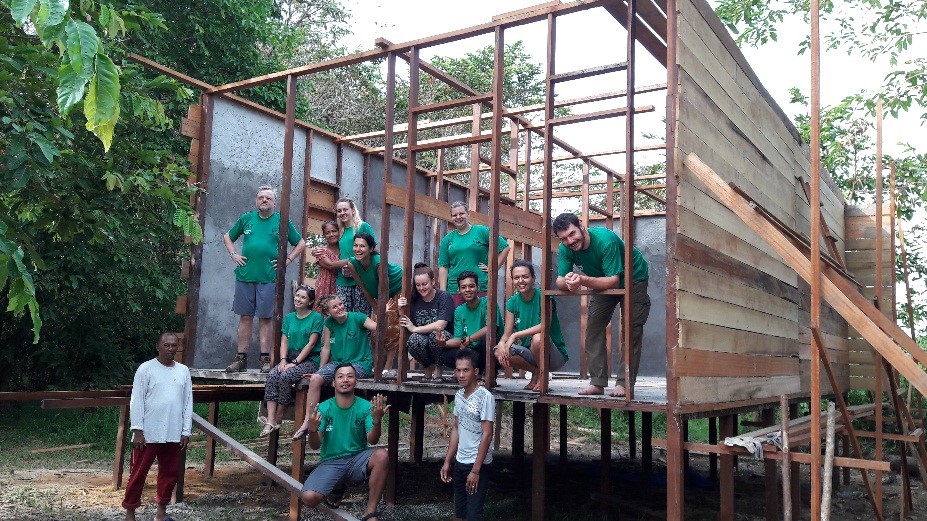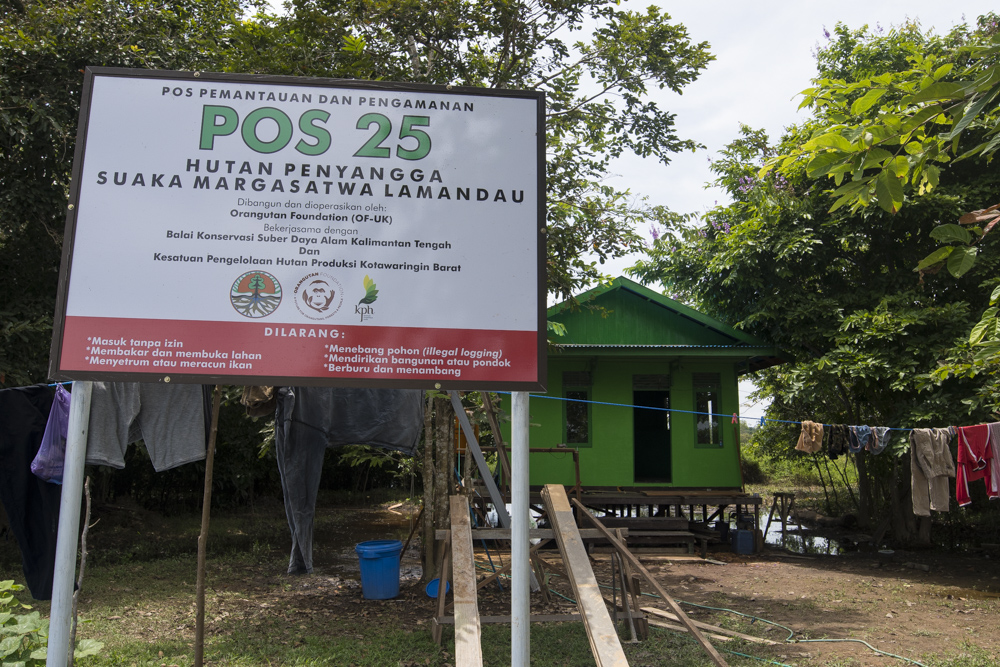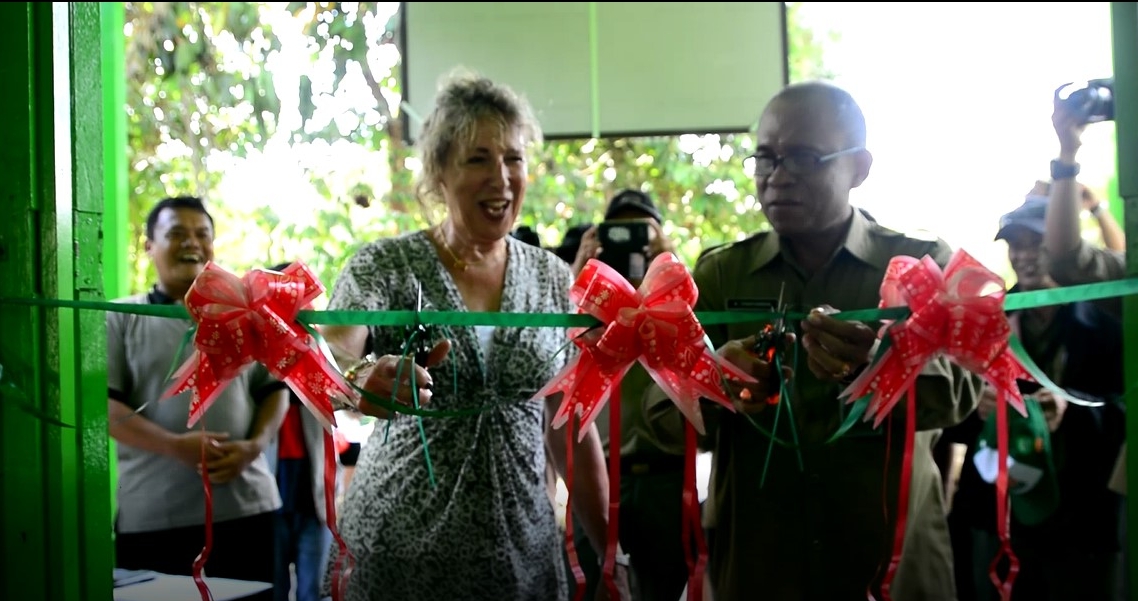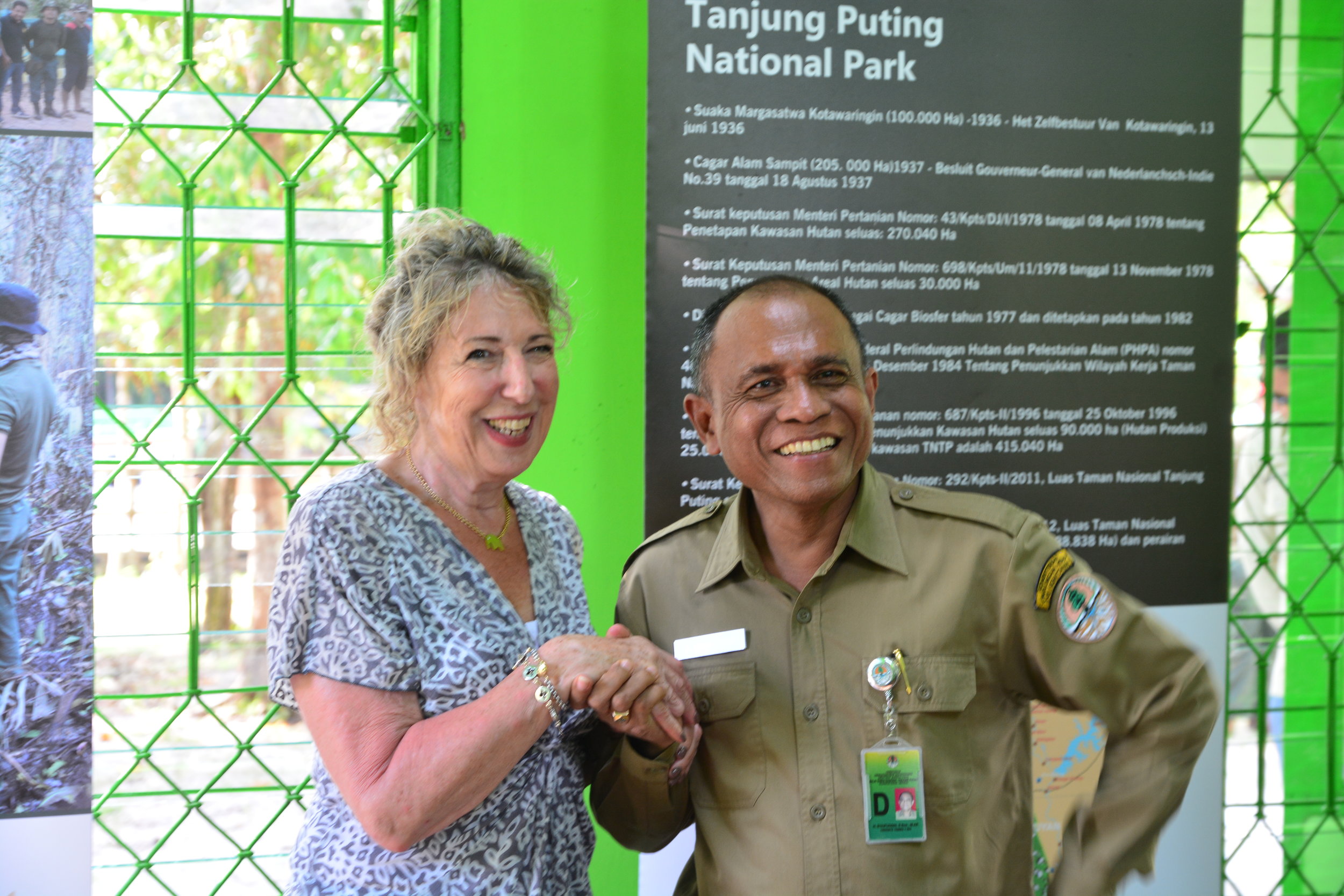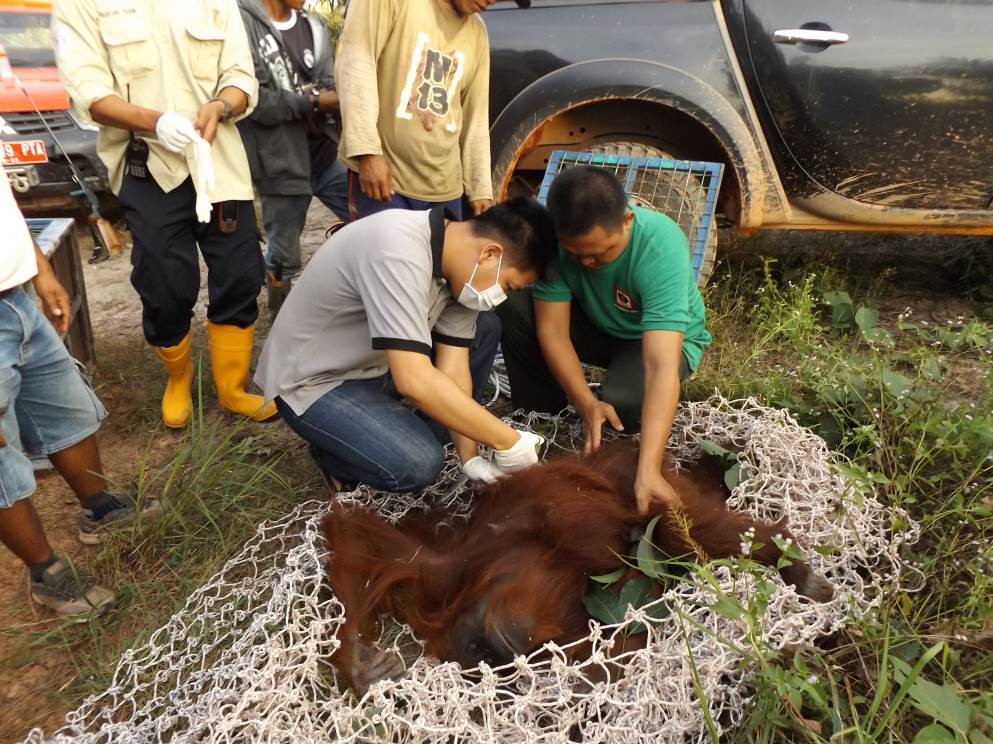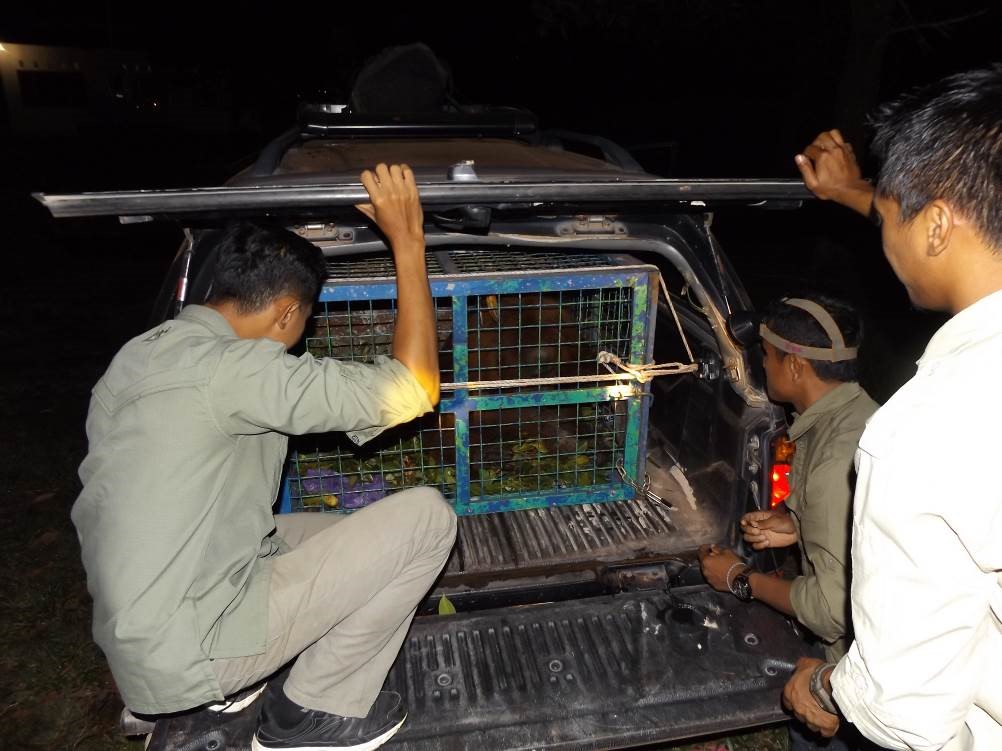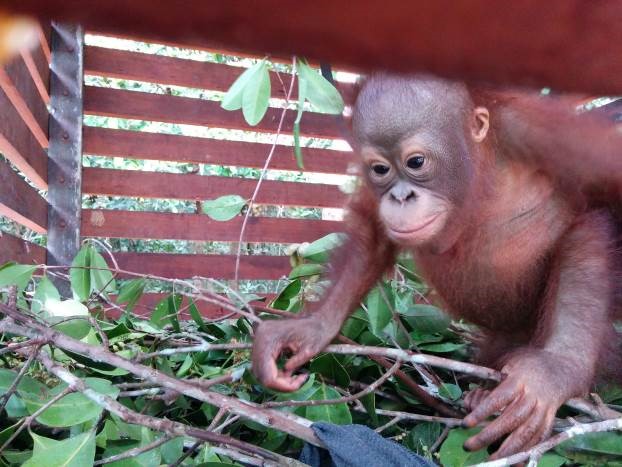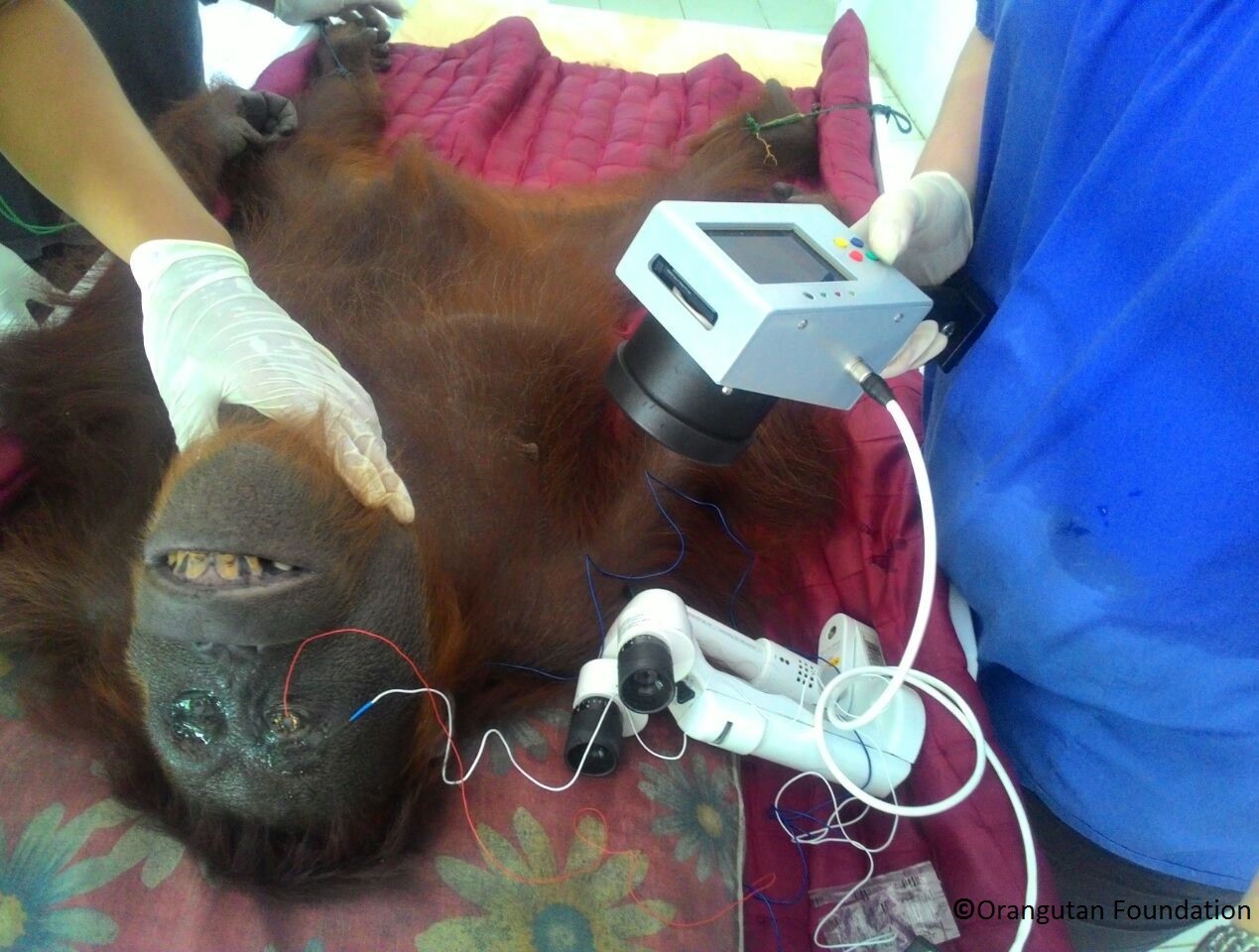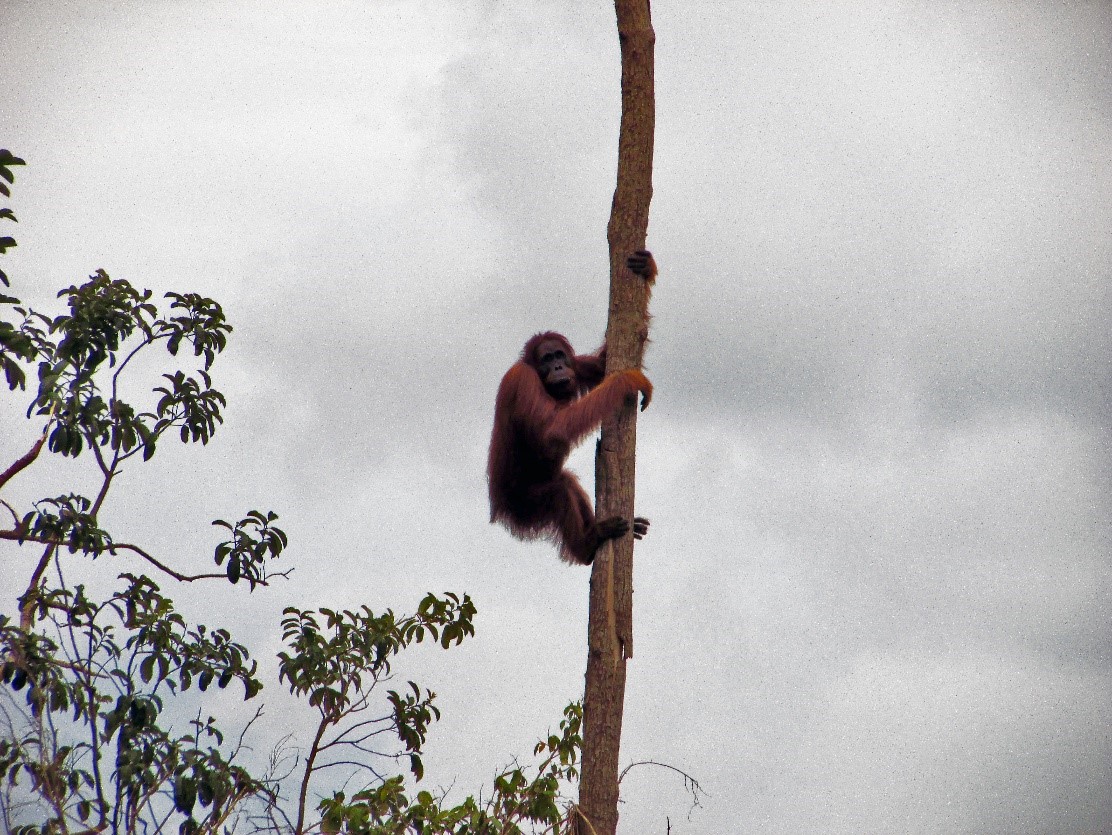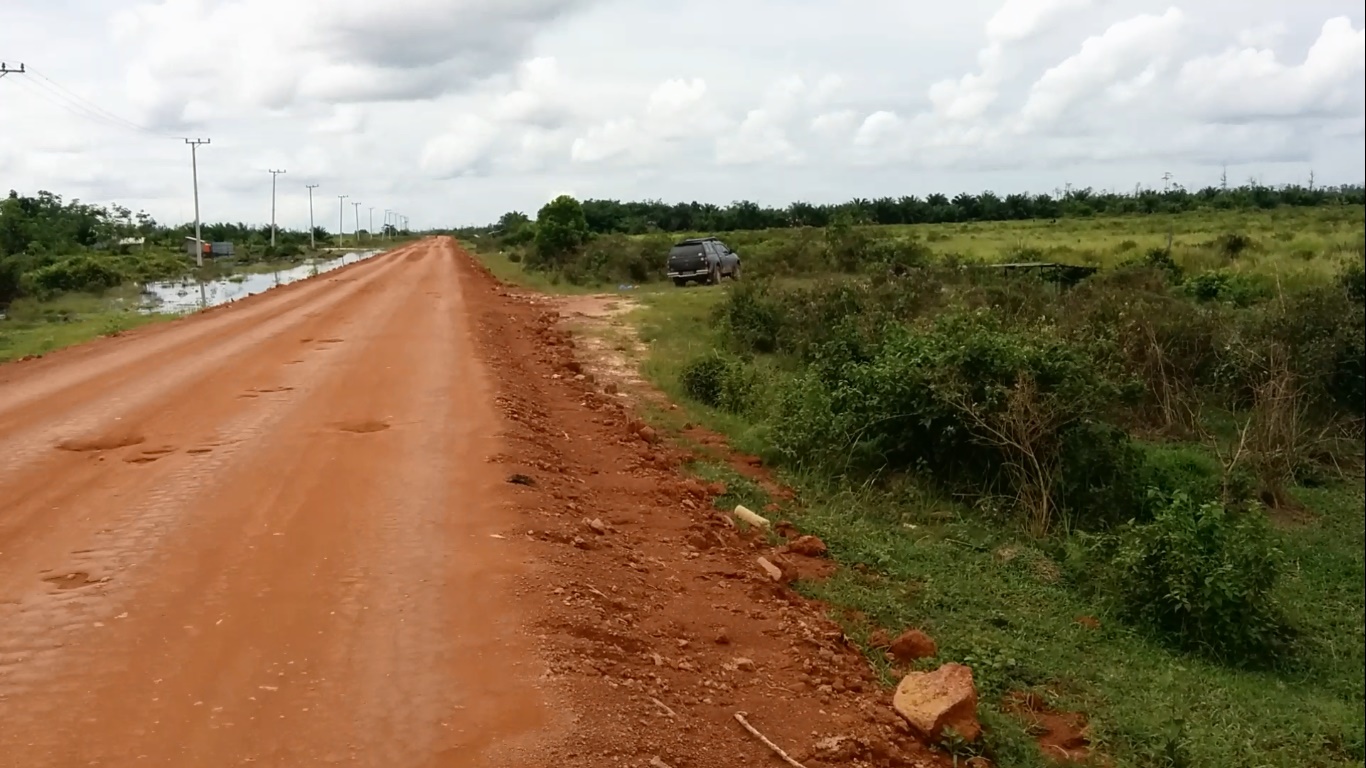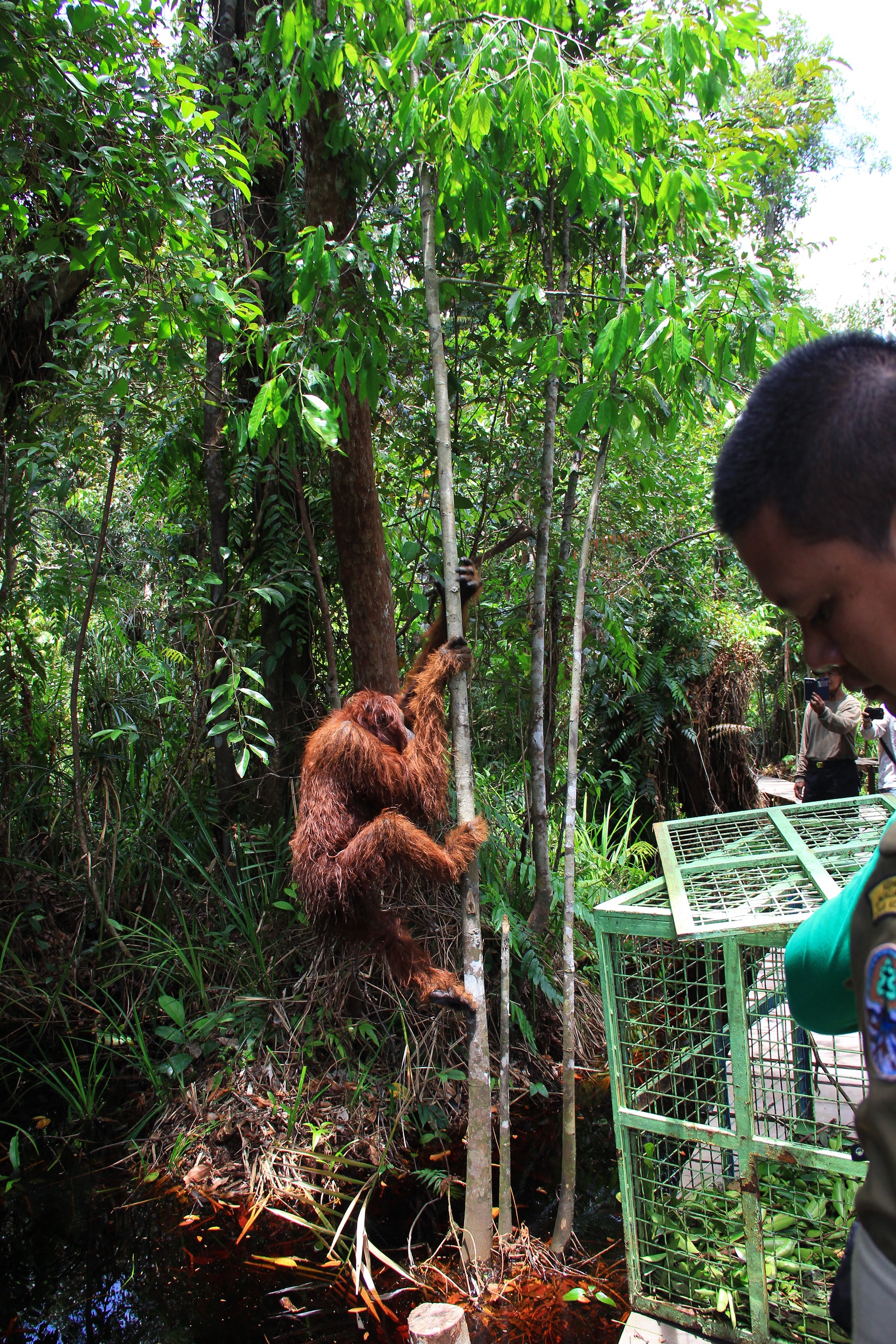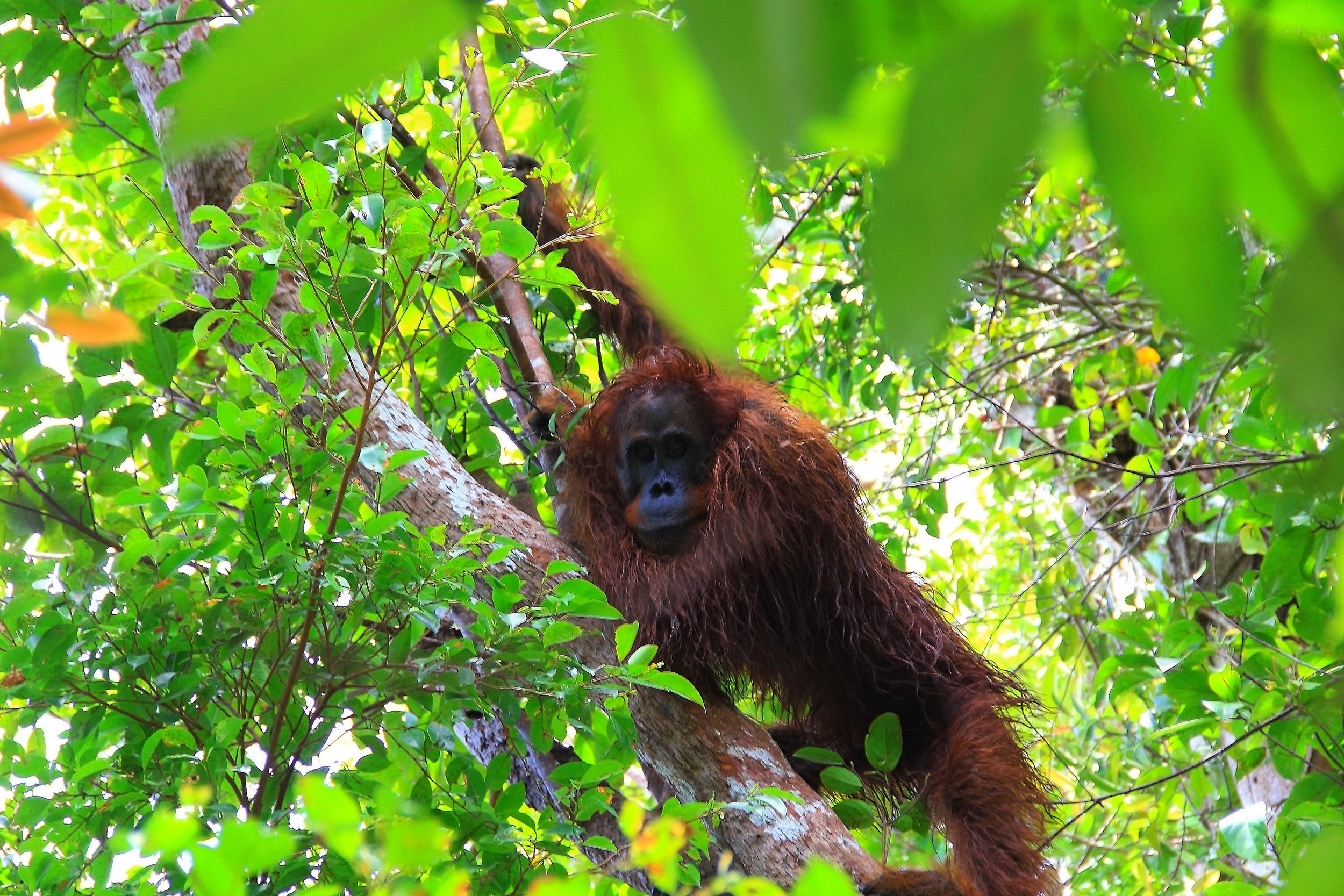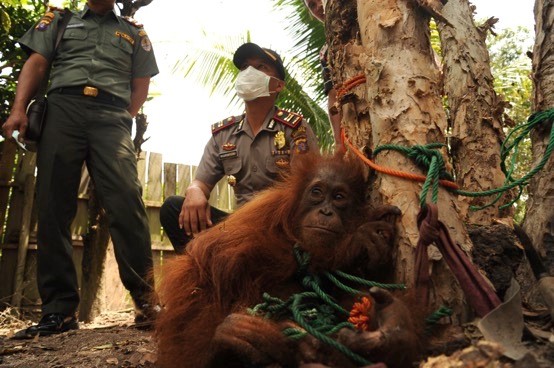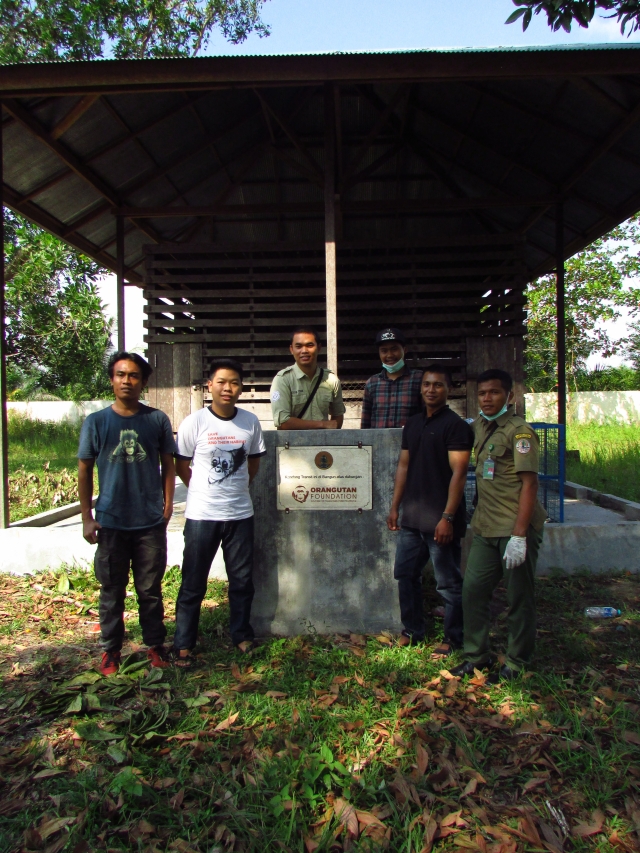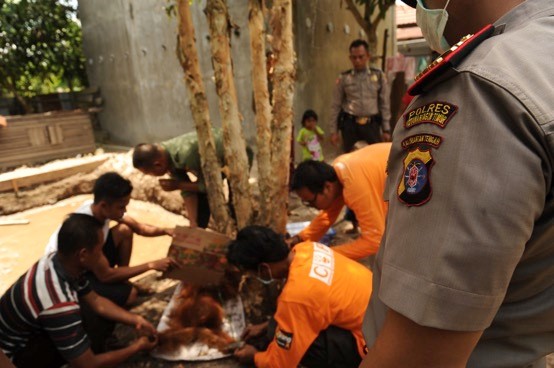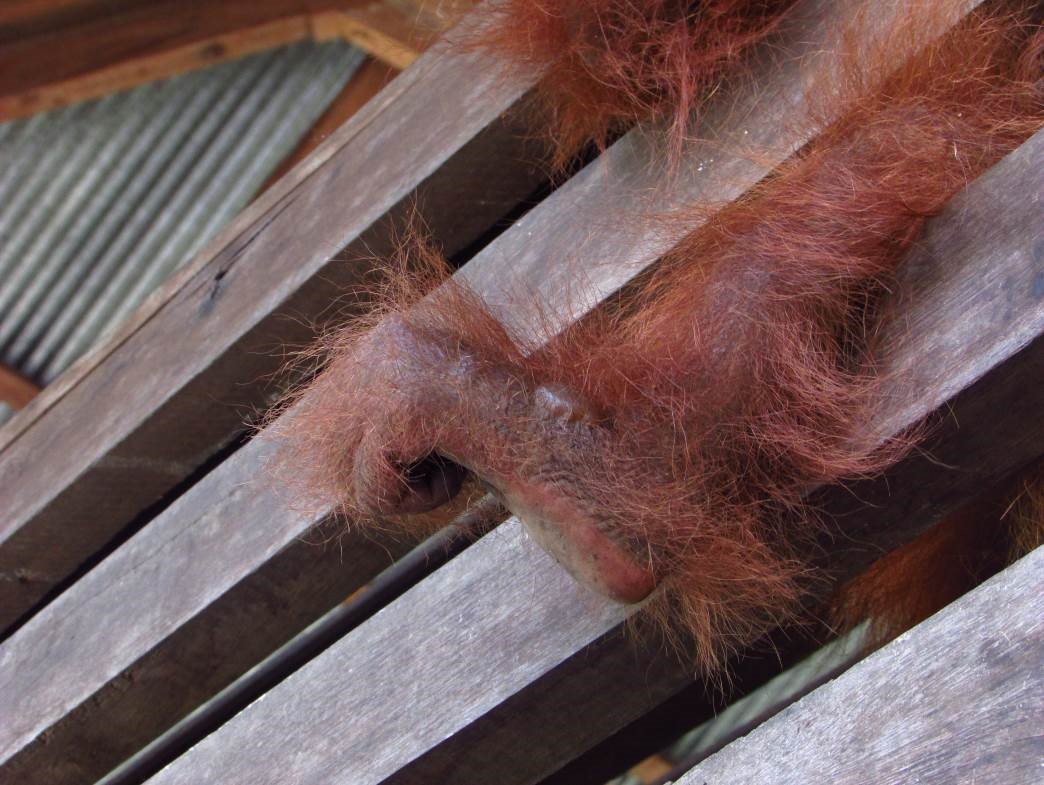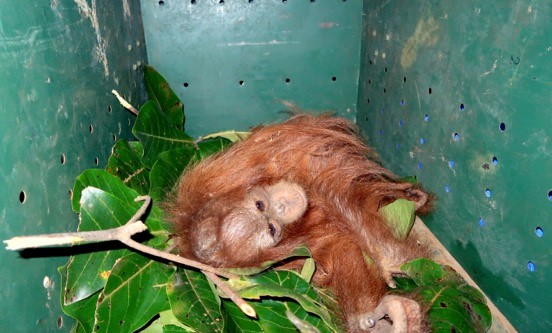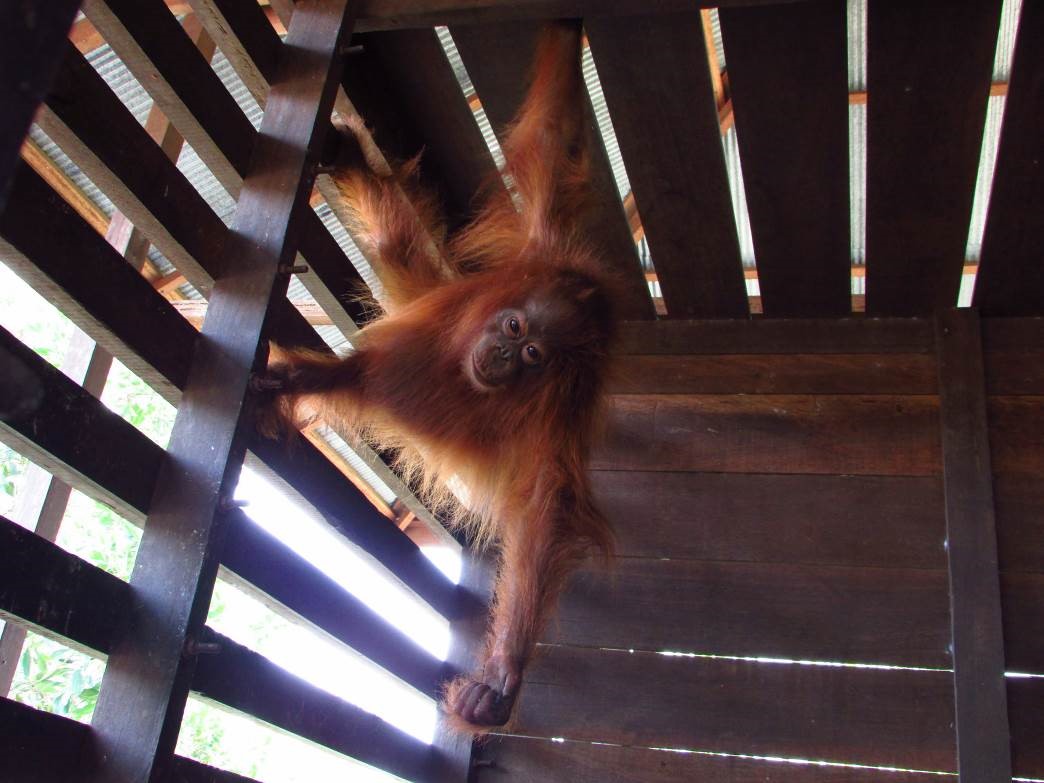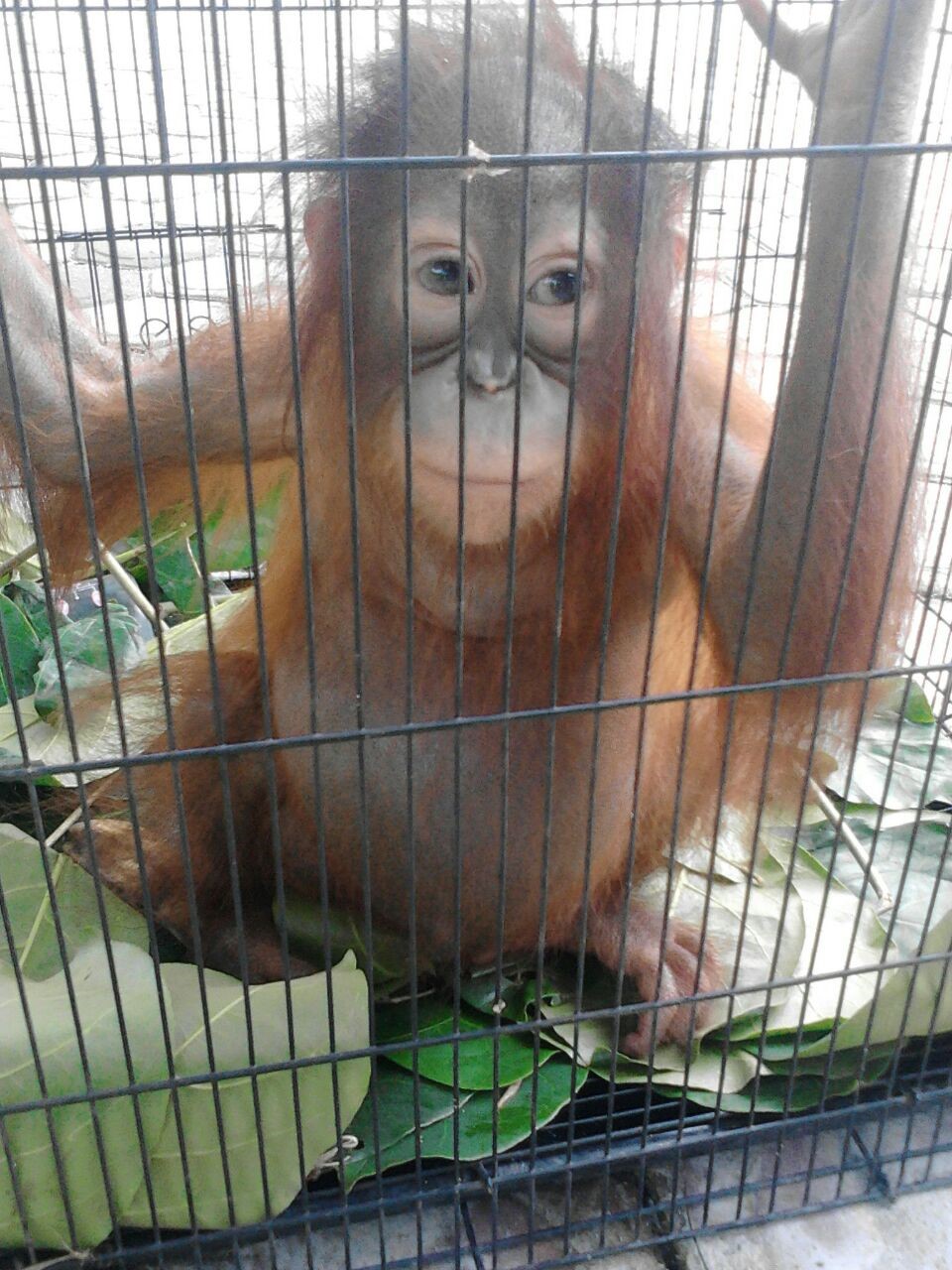Here’s another field update, with some wonderful images, from Orangutan Foundation vet Steven Daud, on some of the younger orangutans in the Lamandau Wildlife Reserve, Indonesian Borneo.
A couple of days ago, we made our routine health and monitoring visits to Camp Rasak and Camp JL, two orangutan release camps, within the Wildlife Reserve. This journey is by speedboat as the camps can only be accessed by river.
Our first stop was Camp Rasak, where orangutans Jessica, Timtom and Endut live. These orangutans are on a soft-release programme.
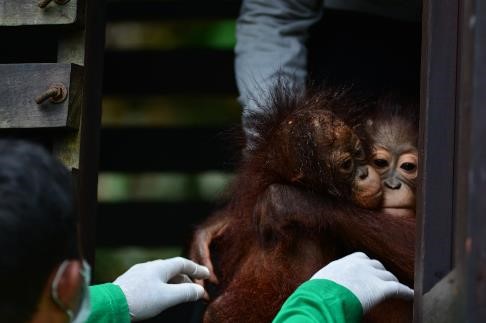
We took Jessica, Timtom and Endut out from their enclosure so they can learn to make a nest and play in the trees. Jessica’s ability to make the nest is clearly visible. While Timtom and Endut are seen to be very brave exploring the trees, where they hone their skills of survival.

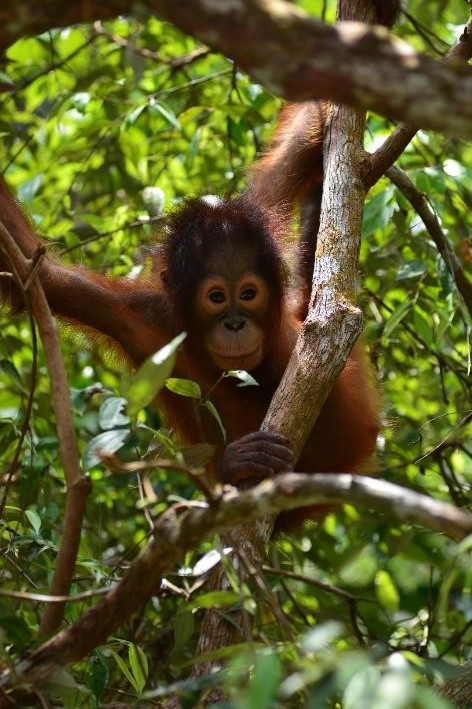
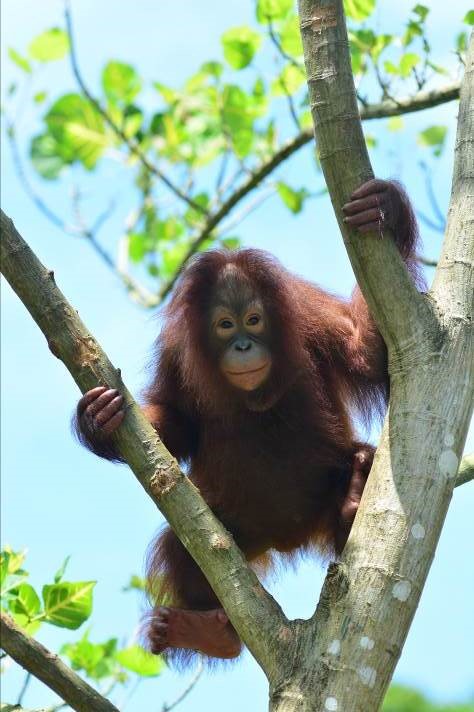
Nowadays, the weather is unpredictable which has caused Timtom to catch a cold. We are giving Timtom vitamin supplements and medication to help her get healthy again.

After Camp Rasak we got back into the speedboat and went to camp JL to monitor Okto and Ketty. Before orangutans can be fully released back into the wild they must be able to make a nest to sleep in. Ketty has shown that she can make a nest. However, Okto still has difficulty with this skill and sometimes even tries to interrupt Ketty's nest-building.

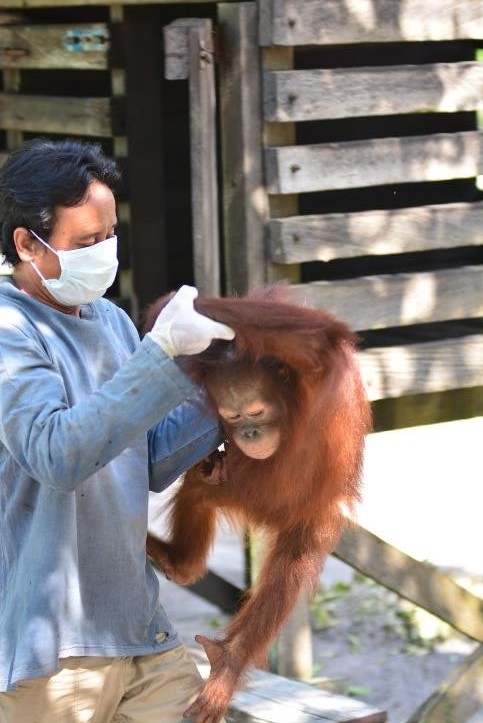
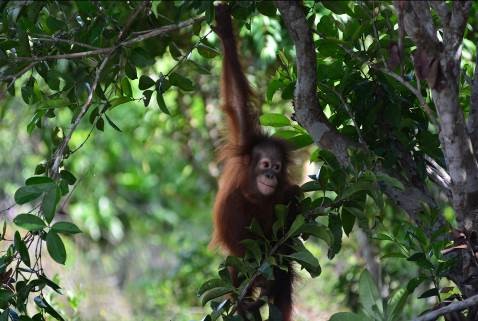

In terms of health, Okto and Ketty are both in good condition and this is maintained by giving them vitamin supplements. To minimise disease transmission between the orangutans and humans, staff in contact with the orangutans must wear gloves and masks.
I hope you enjoy the photos.
Regards,
Steven (Orangutan Foundation Vet)
As always, we are immensely grateful to the Orangutan Foundation staff in Indonesia for their hard work and commitment. You can support this work by Adopting Okto (a unique Christmas present of real value) by visiting our online shop. There are plenty of other wonderful Christmas present ideas too. Last day for ordering before Christmas is Friday 16th December. Thank you.
 6,000 wild Bornean orangutans live in the Belantikan region. The largest population outside of a protected area. Orangutan Foundation actively engages key stakeholders to conserve this critical tropical forest ecosystem.
6,000 wild Bornean orangutans live in the Belantikan region. The largest population outside of a protected area. Orangutan Foundation actively engages key stakeholders to conserve this critical tropical forest ecosystem. 33 wild orangutans rescued. One particularly poignant rescue was Narti, who was found completely stranded, clinging to the burnt remnants of a tree surrounded by oil palms.
33 wild orangutans rescued. One particularly poignant rescue was Narti, who was found completely stranded, clinging to the burnt remnants of a tree surrounded by oil palms.
 36 rescues of other wildlife species. All released into the safety of the Lamandau Wildlife Reserve.
36 rescues of other wildlife species. All released into the safety of the Lamandau Wildlife Reserve.
 16,000 Ubar tree seedlings nurtured and planted to restore areas of the Lamandau Wildlife Reserve damaged by forest fires in 2015.
16,000 Ubar tree seedlings nurtured and planted to restore areas of the Lamandau Wildlife Reserve damaged by forest fires in 2015.
 One new patron. Patrick Aryee and Offspring Films visited our work in Borneo to film for “Monkeys: An Amazing Animal Family”, a three-part series which first aired on Sky 1, on Christmas day. Star of the show, was Okto who was charmed by Patrick’s presenting skills!
One new patron. Patrick Aryee and Offspring Films visited our work in Borneo to film for “Monkeys: An Amazing Animal Family”, a three-part series which first aired on Sky 1, on Christmas day. Star of the show, was Okto who was charmed by Patrick’s presenting skills!
 Eight volunteers and one new guard post. In July, the construction of Guard Post 25 began. Now up and running, this guard post is critical for the protection of the new 8,000 hectare extension of the Lamandau Wildlife Reserve.
Eight volunteers and one new guard post. In July, the construction of Guard Post 25 began. Now up and running, this guard post is critical for the protection of the new 8,000 hectare extension of the Lamandau Wildlife Reserve.
 Our 25th anniversary year saw the opening of Tanjung Harapan’s Information Centre, in Tanjung Tanjung Puting National Park. Renovated by our 2015 volunteers and designed by the Cube in Residence Programme.
Our 25th anniversary year saw the opening of Tanjung Harapan’s Information Centre, in Tanjung Tanjung Puting National Park. Renovated by our 2015 volunteers and designed by the Cube in Residence Programme.
 104 air rifle pellets were found in lodged in orangutan Aan, 32 of which in her head left her blind, in 2012. In October 2016, ophthalmic surgeon, Claudia Hartley, visited Aan to assess the permanence of her blindness.
104 air rifle pellets were found in lodged in orangutan Aan, 32 of which in her head left her blind, in 2012. In October 2016, ophthalmic surgeon, Claudia Hartley, visited Aan to assess the permanence of her blindness. 

